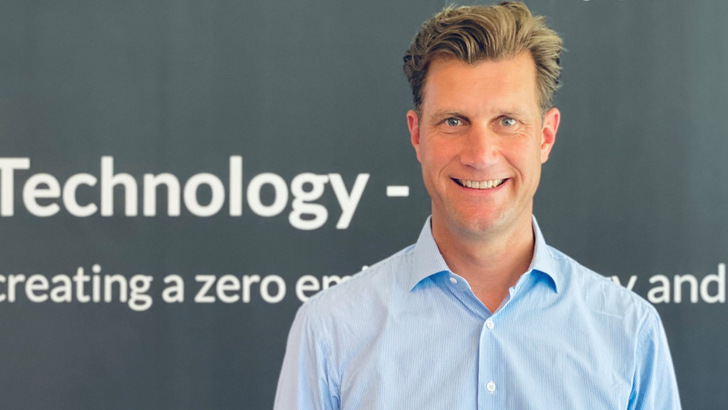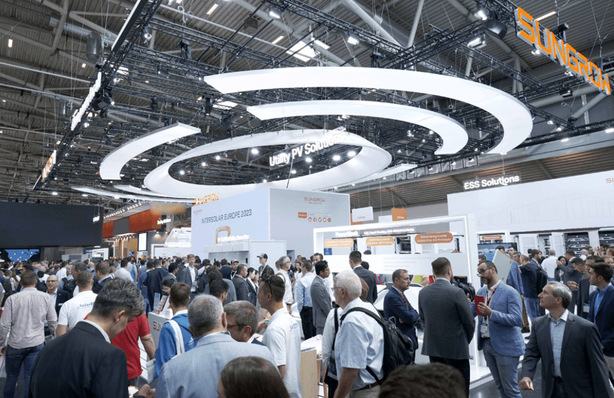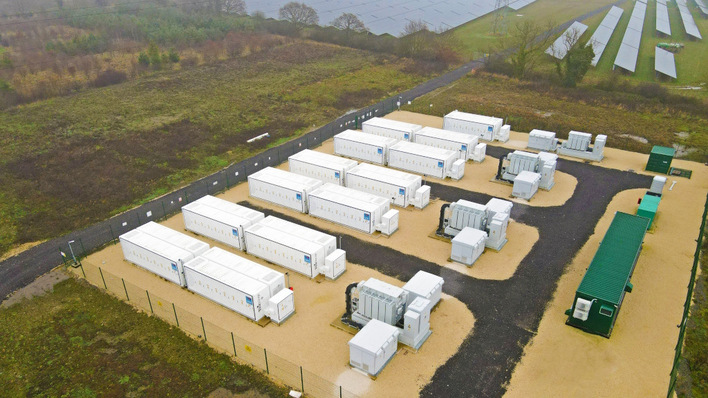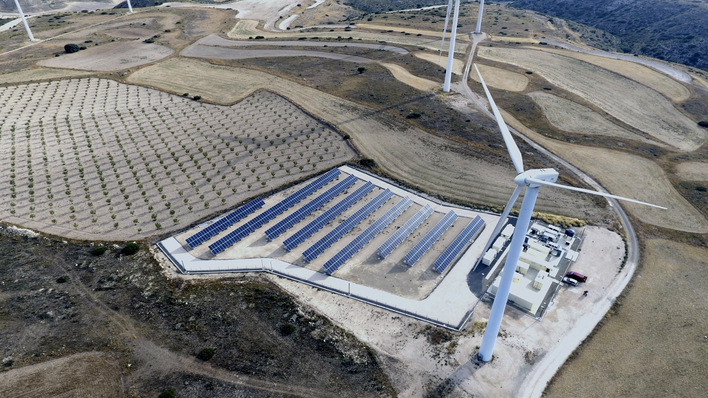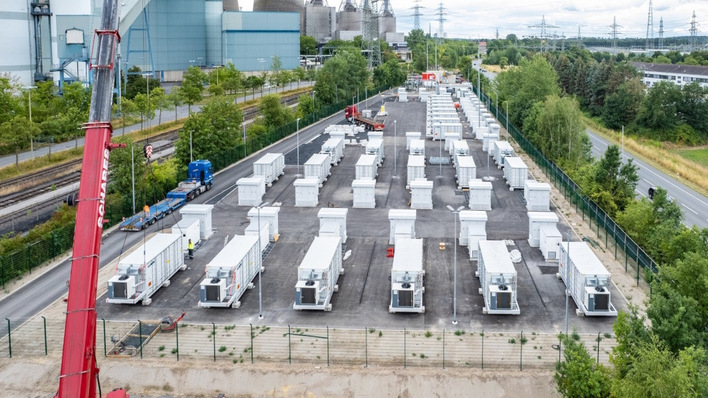Vehicle-to-grid (V2G) and bidirectional charging are considered game changers for the energy and mobility transition. Nevertheless, the market for this key technology is still in its infancy in Germany. What are the biggest hurdles?
The biggest hurdle is the double grid fees. At the moment, I pay grid fees when I recharge my electric car from the grid after a journey. That's perfectly clear, because I'm also putting a strain on the grid. But if I use my electric car to benefit the grid, for example to integrate more renewable energies or to provide energy services such as balancing or control energy, then I have to discharge the car. When I recharge it to its previous state, I have to pay grid fees again.
New study: Unlock EV flexibility to save money and optimise grids
However, large battery storage systems or pumped storage power plants, for example, do not pay these grid fees, which is why they are profitable and are springing up like mushrooms, because the market urgently needs flexibility and storage. I don't have this business case with electric cars because the abolition of double grid fees only applies to stationary storage systems. If we had this for electric cars as well, we could get started with V2G. There are a few other hurdles, but they are all downstream. Only when the business model works does it make sense to tackle the other hurdles, such as the obligation to install a second smart meter or the still high prices for bidirectional charging stations.
For several months, you‘ve been offering a commercial V2G solution in France in collaboration with Renault. To what extent are market conditions more favourable there?
Renault, together with the national distribution network operator Enedis and the French government, has created a three-year exemption for the market ramp-up, under which the double grid fees for bidirectional charging do not have to be paid. This is exactly what we proposed to the Federal Ministry of Economics last year. However, the French energy market is actually slightly less attractive for V2G than the German market because there are not as many price fluctuations due to the higher base load from nuclear power plants.
France rules on mandatory solar for car parks
As a result, electric car drivers can only generate half to two-thirds of the revenue through bidirectional charging. In France, 300 to 500 euros per year are possible, in Germany 600 to 800 euros, if not more. This means that the potential in Germany's energy market, which is heavily dominated by wind and solar power, is even greater.
What is the situation in other countries such as the United Kingdom?
In the United Kingdom, even higher additional revenues of 800 to 1,000 EUR are possible for electric car drivers. The reasons for this are the poorer network, the even more volatile electricity market and more products that can be powered by batteries or electric cars. There are already several pilot projects with a total of over 1,000 vehicles for bidirectional charging. At the end of the year, Renault will launch with us in the UK, as well as in the Netherlands. Neither country has double grid fees in this form.
What are the specific advantages of V2G for grid operators?
The need for grid expansion can be significantly reduced if the flexibility of electric cars is utilised. This means that whenever there is a grid bottleneck somewhere, the batteries of electric cars are discharged. If too much electricity is produced, especially during peak hours around midday, the cars are charged and discharged again in the evening, thus shifting the peaks in generation and consumption.
New wallbox quality standards developed
Unfortunately, this product does not yet exist; it requires different regulations and more intelligent distribution networks. But this is the direction we are heading in. In the USA, nodal pricing is already common practice. Now it is important to bring electric cars onto the market to learn what they are really capable of, how electric car drivers behave and to what extent they can contribute to grid stabilisation. In my opinion, we are talking about around one million electric cars in Germany that will charge bidirectionally by 2030. This will not cause any problems. Last year alone, we connected one million PV systems.
What options are already available today? What advice would you offer utilities operators and electric car drivers?
Intelligent unidirectional charging of electric cars is possible immediately – in combination with reduced grid fees in accordance with Section 14a of the German Energy Industry Act (EnWG). By flexibly providing their electric car batteries, customers can already save up to 400 EUR per year. This is because electric cars offer the greatest potential for flexibility compared to household appliances such as washing machines or heat pumps.
Spain: Government announces new funding for e-mobility
We have developed various solutions for this: a smart charging app that allows electric car drivers to plan and control their charging processes at home, a dynamic green electricity tariff for households, and an EV aggregation platform that allows us to bundle the battery flexibility provided by the connected vehicles and market it in short-term trading. Municipal utilities are our partners here and can use this as a white label solution. We are cooperating with Cologne-based RheinEnergie and Enervie - Südwestfalen Energie, for example. In future, these services will also be extended to bidirectional charging. Those who get involved now will be well equipped for this promising market of the future.
Interview by Hans-Christoph Neidlein

